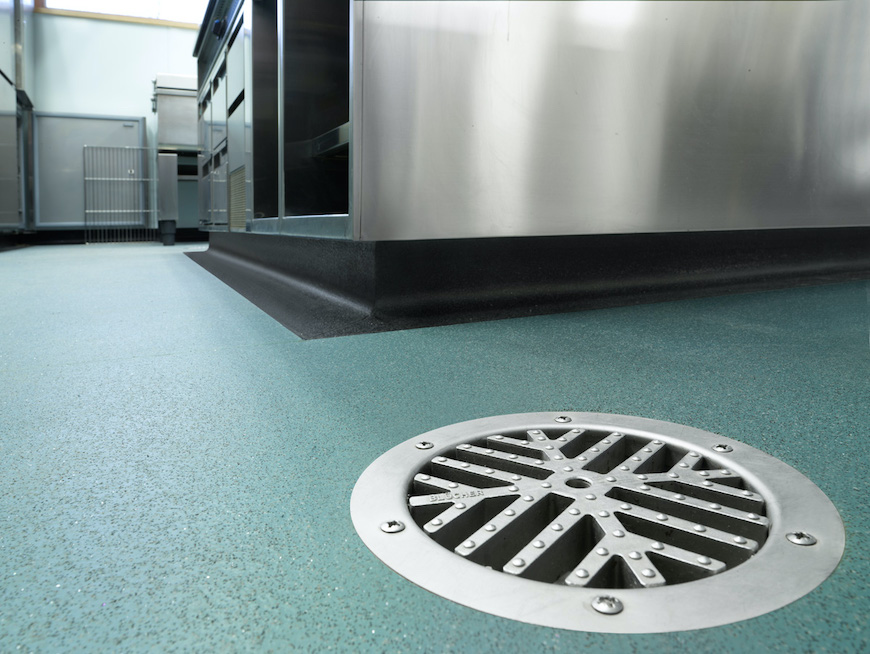How Much Weight Could You Save?

When specifying flooring for your rolling stock, no matter what the type of service, we know that the chosen product has many considerations to fulfil. Fire and toxicity compliance, good visual design, durability and ease of cleaning are all imperative, but perhaps the factor with the most impact on the project is the weight of the floor.
With the gradual phasing out of diesel-powered locomotives, the weight of our rolling stock becomes a greater concern as fuel efficiency becomes ever more key.
So how much weight, and energy, could you save by choosing lightweight flooring?
Altro Lightweight Flooring for Rolling Stock
Taking a British Rail Class 377 twelve-car train set, we’ve done the maths for you. When comparing the weight of Altro Transflor Tungsten, our HL-2 compliant acrylic rail safety floor, with other products on the market if used on this train set, here are the results:
British Rail class 377 (12 car)
Altro Transflor Tungsten: 1850.688kg
Rubber alternative: 2303.0784kg (+452.3904kg)
Vinyl alternative: 1953.504kg (+102.816kg)
Natural material alternative: 1987.776kg (+137.088kg)
By using an Altro acrylic floor, you could save up to 452kg – around the same weight as a grand piano – against a rubber alternative, or up to 102kg against vinyl alternatives. That’s more than an average kangaroo.
None of us want to carry around concert pianos or large marsupials if we don’t have to – extra weight means wasted energy. Of course there are many variables, out of the operators’ control, which affect energy efficiency, such as how many stops a route takes, if the service is delayed, how many passengers are aboard, even down to the topography of the route. What can be controlled is the weight of the train set itself, and the implications can be massive. How many service miles could you save? How many homes could be powered with the energy you’d save – and how much money would that save you? It could be more than you’d think.

